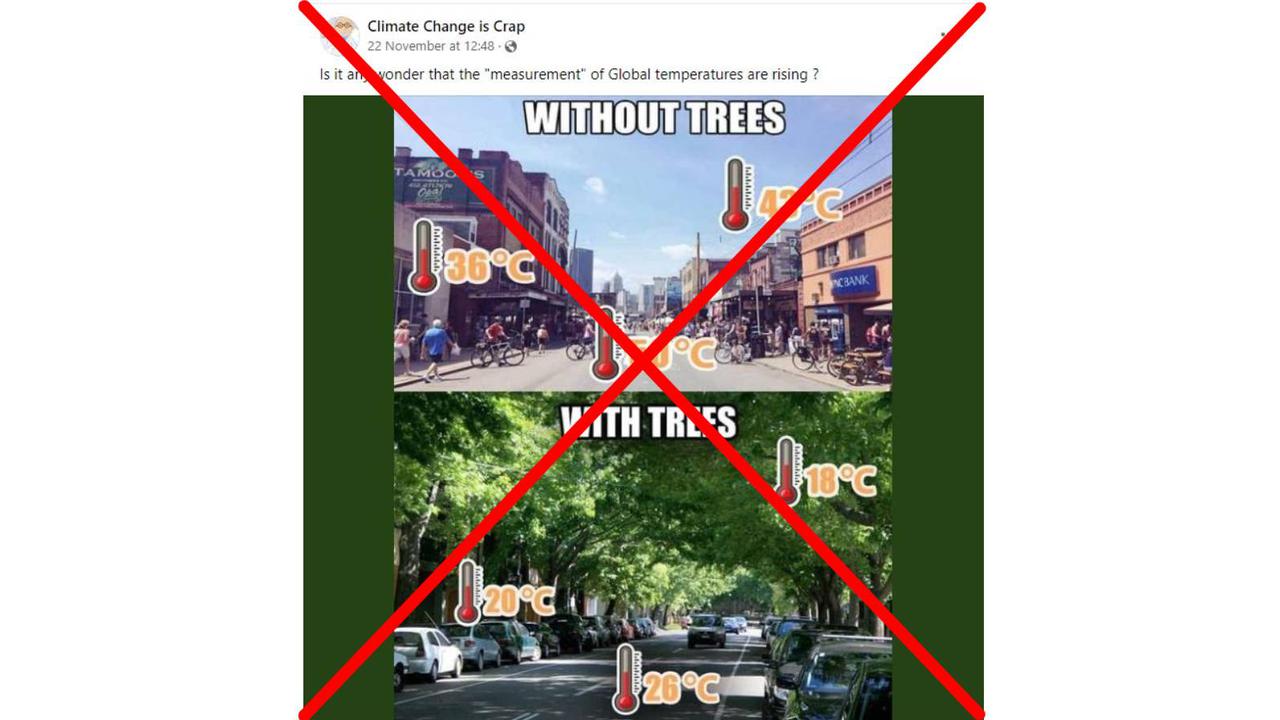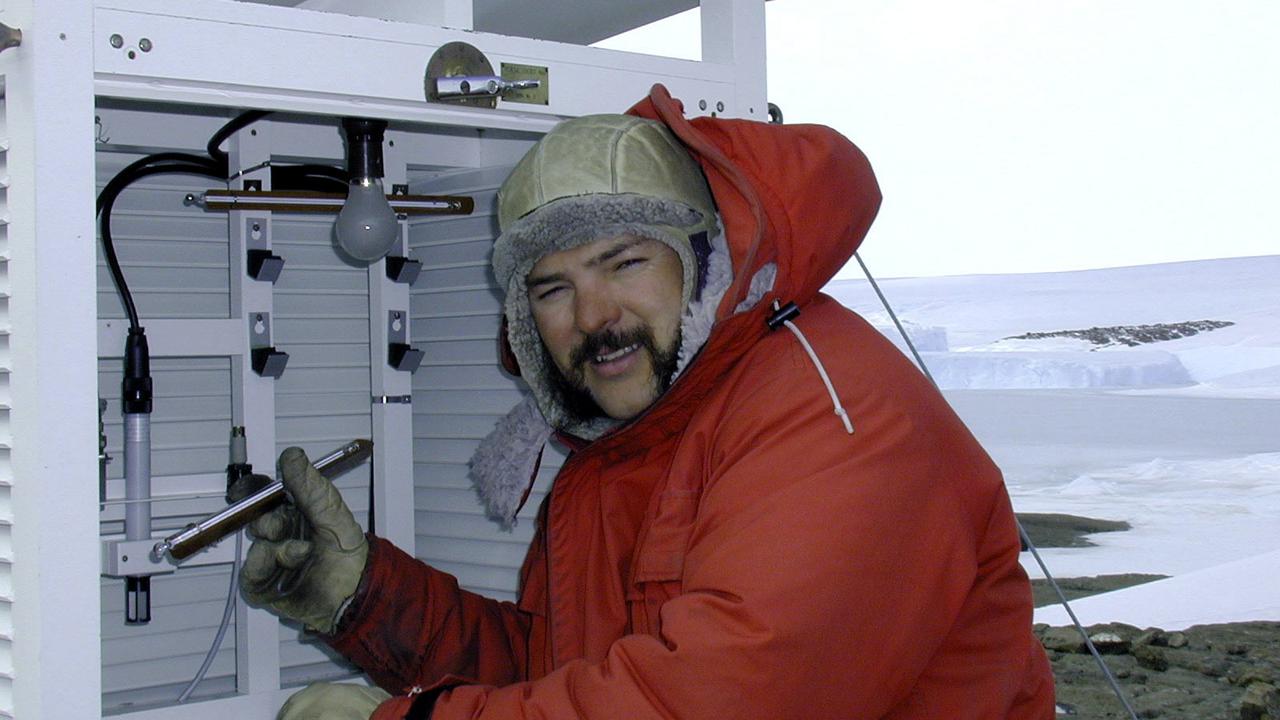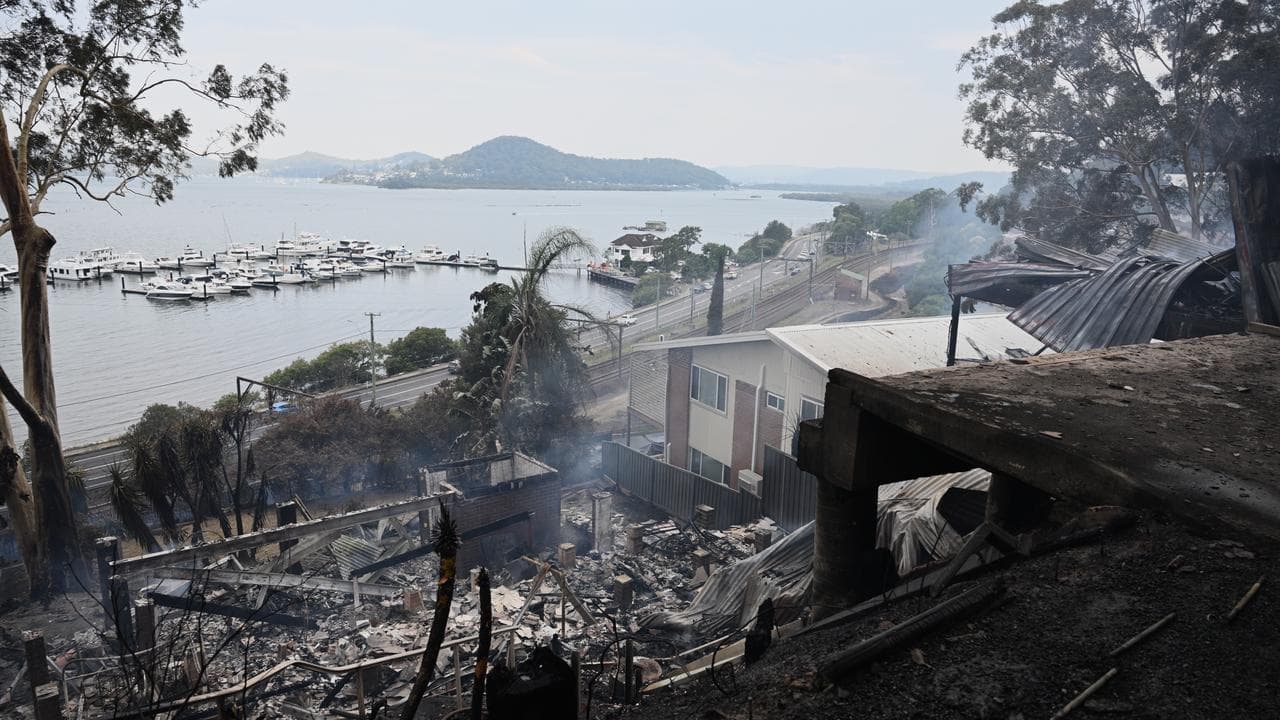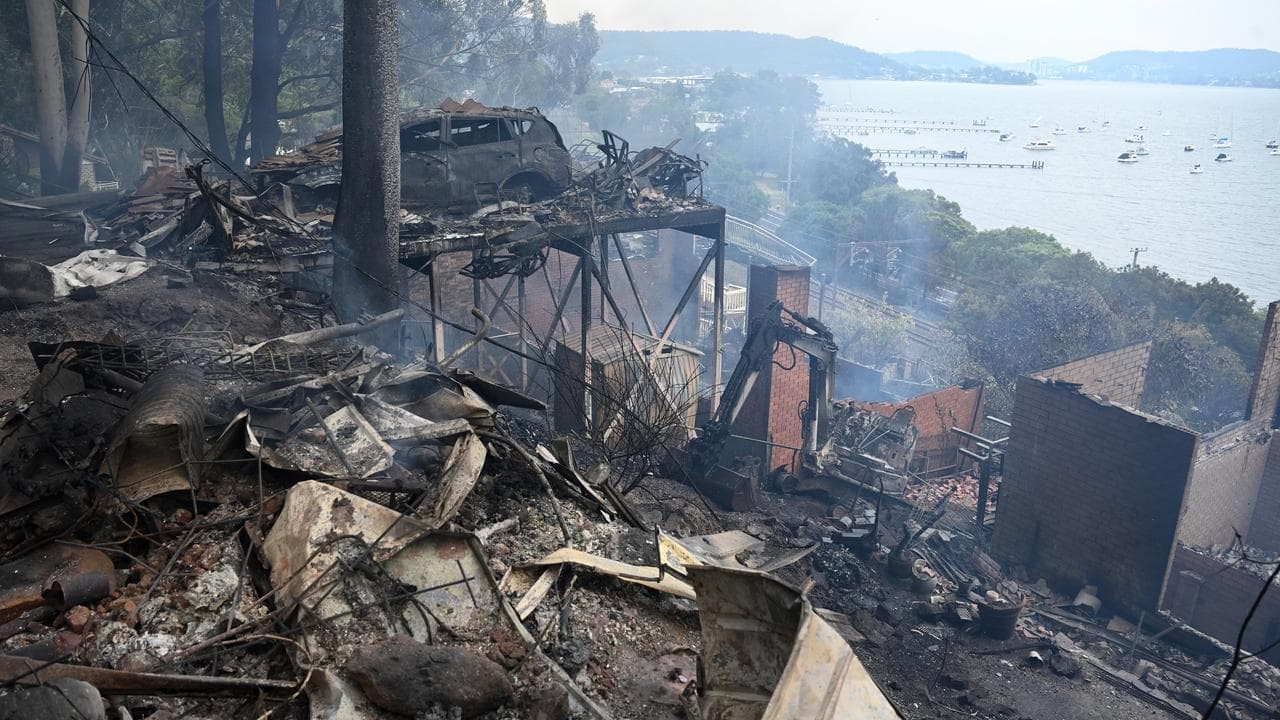WHAT WAS CLAIMED
The rise in global temperatures has in part been affected by the loss of tree coverage.
OUR VERDICT
False. The data behind the recognised global temperature increase comes from standardised weather stations located away from trees.
A Facebook group called Climate Change is Crap has claimed the rise in global temperatures has in part been influenced by the loss of tree coverage.
The claim is false. Global temperature data comes from standardised weather stations located away from trees and other obstructions.
The global warming trend is also mirrored in sea surface temperature records and satellite data.
The claim was made in a Facebook post (archived here). It features a meme showing a city street without trees and high temperatures above another street covered with trees and lower temperature readings. The post's caption reads: "Is it any wonder that the "measurement" of Global temperatures are rising?"

However, experts told AAP FactCheck that global temperature readings used to prove the planet's rapid warming come from standardised weather stations which adhere to strict criterira with regards location as set by the World Meteorological Organization (WMO).
Professor Brendan Mackey, director of the Griffith Action Beacon and Climate Change Response Program at Griffith University, concurred and said weather stations are maintained by national governments and follow strict standards.
"Global temperatures estimates are based on the daily weather data recorded by weather stations," he told AAP FactCheck in an email.
"These are run by national governments where their scientific rigour is maintained by following standards set by the World Meteorological Organization."
Prof Mackey added: "These weather stations record temperature, rainfall, wind and other variables like humidity and evaporation. The weather stations are located according to strict criteria, which means, among other things, they are located on flat ground (to avoid topographic. bias) and at unshaded sites."
Among other criteria, the WMO states (p5) stations should be on a level piece of ground and covered with short grass "or surface representative of the locality".
It adds: "The site should be well away from trees, buildings, walls or other obstructions."
To better maintain the consistency of temperature data, Stevenson screens are also used to house temperature recording equipment (p115). They protect the equipment from being influenced by direct or reflected sunlight.
Australia's Bureau of Meteorology (BOM), said a lot of consideration goes into the location of the screens.
"Choosing the right position for a Stevenson screen is really important," its website states. "Nearby objects like buildings and trees can reflect or absorb heat, so the Bureau always tries to place a Stevenson screen well away from any such features. We always set the screens up over a natural surface, like grass, and avoid surfaces like concrete."

The BOM also explained that temperature data is adjusted to account for any "artificial jumps".
As further evidence that the loss of trees is not behind a rise in global temperatures, the BOM said that in Australia alone the trend is evident in at least 18 different methods "of preparing and analysing the temperature data". This includes satellite data.
Sea surface temperature data also reveals the same warming trend.
Dr Pep Canadell chief research scientist with CSIRO Climate Science Centre, said urban tree coverage can bring down localised temperatures. However, he added that the impact of shade is "just a very local issue with no implications for the global climate, but again, important if you are after a place to cool off."
However, cutting down trees can contribute to warming through the release of greenhouse gases.
Dr Canadell added: "The bigger issue of gains and losses with trees is first and most important, gain or loss of carbon; and second, less important, the changes in reflectivity of the surface, which depends both on what is cut (some forests are darker than others) and what is replaced with and where in the world."
The Verdict
The claim that the rise in global temperatures has in part been affected by the loss of tree coverage is false.
Experts and the BOM confirmed global temperatures are recorded at weather stations adhering to strict guidelines with regards location and proximity to trees and buildings.
The same global warming trend has also been recorded by satellite data and sea surface temperature.
False – The claim is inaccurate.
AAP FactCheck is an accredited member of the International Fact-Checking Network. To keep up with our latest fact checks, follow us on Facebook, Twitter and Instagram.












